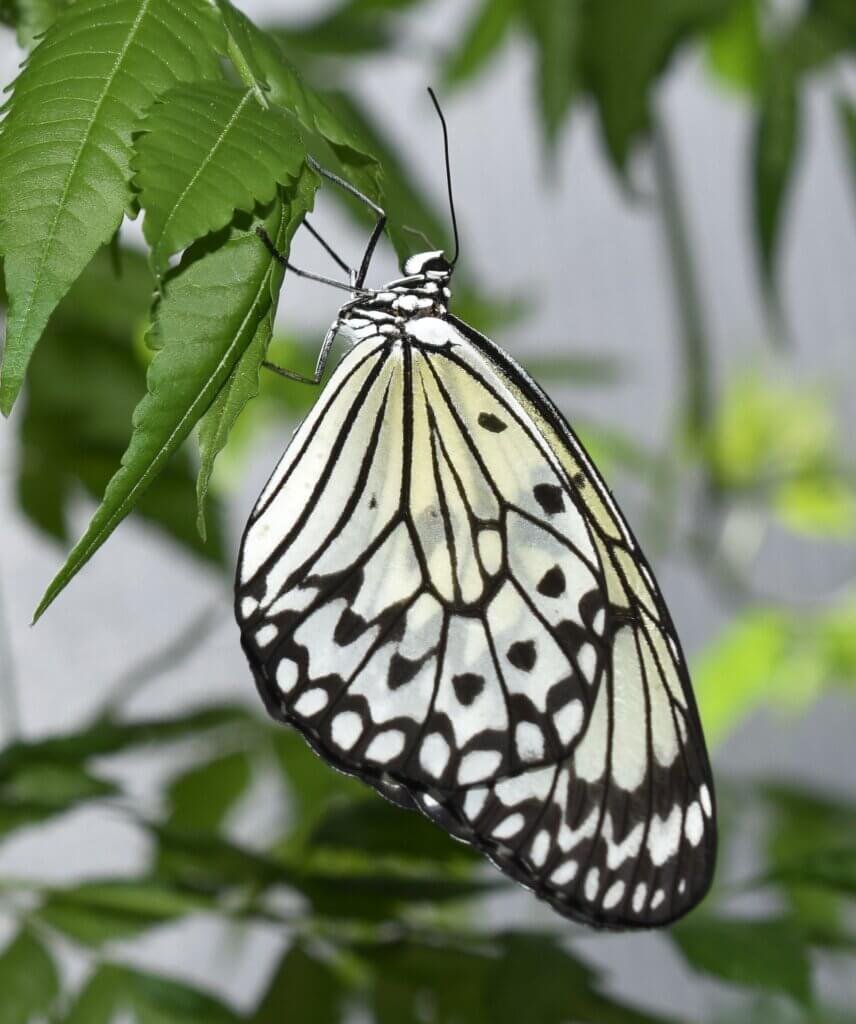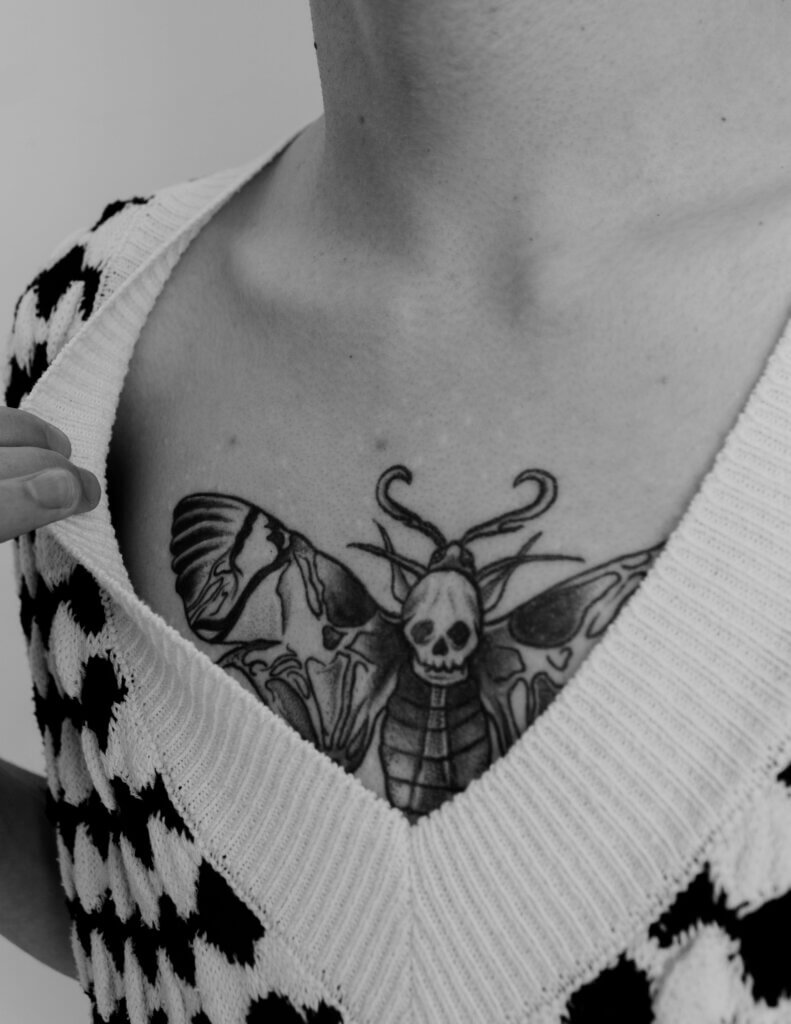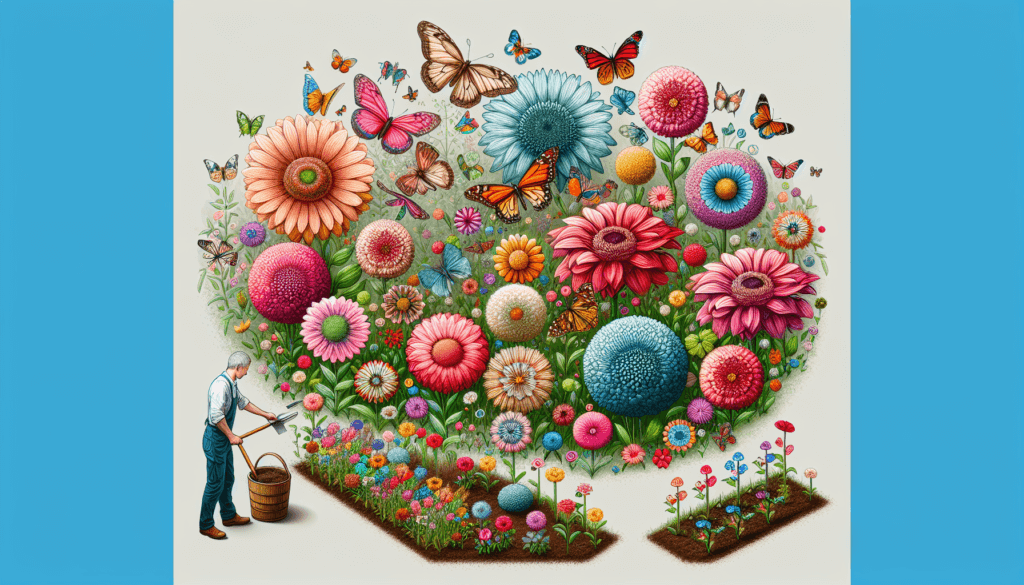Imagine stepping into your backyard and being greeted by a breathtaking array of colorful butterflies fluttering around your very own DIY flower garden. If you’ve always dreamed of creating a haven for these gentle creatures, look no further. In this article, we will explore the best techniques and practices to attract butterflies to your own slice of natural paradise. From selecting the right flowers to providing essential resources, we’ll equip you with all the knowledge you need to transform your garden into a sanctuary that will effortlessly draw in these beautiful winged visitors. So, grab your gardening gloves and get ready to watch nature’s ballet unfold right before your eyes.
Choose Butterfly-Friendly Plants
If you want to attract butterflies to your flower garden, the first step is to choose butterfly-friendly plants. These are the plants that butterflies are naturally drawn to and will be more likely to visit. Researching native plants is a great place to start. Native plants are well adapted to your local environment and provide a familiar food source for butterflies. By incorporating native plants into your garden, you are creating a natural habitat for butterflies and other beneficial insects.
Research Native Plants
Take the time to research and identify the native plants in your area. This will help you determine which plants are best suited for your garden and will attract the most butterflies. Native plants have co-evolved with butterflies, so they provide the necessary food and habitat for them to thrive. Some popular native plants that attract butterflies include milkweed, coneflowers, black-eyed Susans, and bee balm.
Plant Nectar-Rich Flowers
Butterflies are attracted to flowers that are rich in nectar. By planting nectar-rich flowers, you are providing a valuable food source for butterflies. Some examples of nectar-rich flowers that butterflies love include zinnias, marigolds, salvias, and butterfly bushes. These flowers come in a variety of colors, which adds beauty and vibrancy to your garden while also attracting butterflies.
Include Host Plants for Caterpillars
In addition to nectar-rich flowers, it’s important to include host plants in your garden. Host plants are specific plants that serve as food for butterfly caterpillars. Different butterfly species have different host plant preferences, so it’s important to research which plants caterpillars in your area rely on. For example, monarch butterflies are dependent on milkweed plants as their host plant. By including host plants in your garden, you are providing a place for butterflies to lay their eggs and for caterpillars to feed and grow.

Provide Water Sources
Just like any other living creature, butterflies need water to survive. Providing water sources in your garden will not only attract butterflies but also give them a place to drink and cool off. One way to create water sources is by creating shallow puddling areas. These can be as simple as a shallow dish or saucer filled with water and some rocks for the butterflies to perch on. Another option is to place saucers or shallow bowls filled with water throughout your garden.
Create Shallow Puddling Areas
To create a shallow puddling area, find a shallow container such as a bird bath or a plant saucer. Fill it with a small amount of water, just enough to cover the bottom. Then, place some flat rocks or pebbles into the water. These rocks will serve as landing spots for butterflies to rest while they drink. Make sure to regularly refill the water to keep it clean and fresh for the butterflies.
Place Saucers with Water
Another simple way to provide water for butterflies is by placing saucers or shallow bowls filled with water throughout your garden. These can be placed on the ground or elevated on rocks or bricks. Be sure to keep the water level shallow so that butterflies can easily drink from it. It’s also a good idea to add some stones or twigs to provide landing spots for butterflies to perch on while they drink.
Create Butterfly-Friendly Environment
To attract butterflies to your garden, it’s important to create a welcoming environment for them. Adding rocks and logs to your garden can provide resting spots and sunning areas for butterflies. They also add a natural and organic element to your garden design. Additionally, providing sheltered areas such as shrubs, trees, or tall grasses can give butterflies a place to hide from predators and seek refuge during unfavorable weather conditions.

Add Rocks and Logs
Rocks and logs can be strategically placed throughout your garden to create different heights and textures. Butterflies are known to bask in the sun to warm up their wings, and these natural elements provide ideal perches for them to do so. Consider adding a few larger rocks or logs that butterflies can easily land on and rest. These will not only attract butterflies but also add visual interest and a touch of nature to your garden.
Provide Sheltered Areas
In addition to providing resting spots, butterflies also need sheltered areas to feel safe and protected. Shrubs, trees, and tall grasses can create these sheltered areas in your garden. These plants should be arranged in a way that provides both sunlight and shade throughout the day. This will give butterflies the opportunity to warm up their wings while also having a cool place to retreat during hot summer days. Native shrubs such as sumac and elderberry are great options, as they provide both food and shelter for butterflies.
Avoid Pesticides
One of the most important factors in creating a butterfly-friendly environment is to avoid using pesticides in your garden. Pesticides can be harmful not only to butterflies but also to other beneficial insects. Instead, opt for organic and natural pest control methods to protect your plants. Encouraging natural predators such as ladybugs and lacewings can help control pests naturally. If necessary, handpicking pests or using insecticidal soaps are safer alternatives to chemical pesticides.
Plant Different Flower Colors
Butterflies are attracted to a variety of flower colors, so incorporating different hues into your garden will attract a wider range of butterflies. Understanding color preferences can help you strategically choose flowers that will entice butterflies to visit your garden.

Understand Color Preferences
Different butterfly species have different color preferences. For example, monarch butterflies are particularly attracted to bright orange and red flowers, while swallowtail butterflies are more attracted to purple and yellow flowers. Research the preferences of butterflies in your area and choose flower colors accordingly. By providing a range of colors, you are increasing the chances of attracting a diverse population of butterflies to your garden.
Use a Variety of Hues
To create a visually appealing garden that attracts butterflies, incorporate a variety of flower colors. From vibrant reds and oranges to soothing blues and purples, the possibilities are endless. Consider planting flowers in clusters or grouping them by color to create an impactful display. This not only attracts butterflies but also adds beauty and interest to your garden.
Plant Flowers for Continuous Bloom
To ensure a steady stream of butterflies visiting your garden, it’s important to plant flowers for continuous bloom. By selecting long-flowering varieties and planting a succession of bloomers, you can provide a constant supply of nectar for butterflies throughout the growing season.
Select Long-Flowering Varieties
When choosing flowers for your garden, look for varieties that have a long blooming period. These flowers will continue to produce nectar for butterflies over an extended period of time. Some examples of long-flowering varieties include coneflowers, salvia, black-eyed Susans, and lavender. By incorporating these plants into your garden, you are ensuring a reliable food source for butterflies throughout the summer.

Plant Succession of Bloomers
In addition to long-flowering varieties, consider planting a succession of bloomers in your garden. This means selecting plants that flower at different times throughout the season, ensuring that there is always something in bloom for the butterflies to feed on. By staggering the bloom times, you can create a continuous source of nectar and attract butterflies throughout the entire growing season. This can be achieved by choosing a variety of plants with different bloom times or by planting annuals, perennials, and bulbs that bloom at different times.
Choose Sun-Filled Spots
Butterflies are attracted to warmth and sunlight, so it’s important to choose sun-filled spots in your garden for planting butterfly-friendly flowers. Providing the right amount of warmth and sunlight will encourage butterflies to visit and stay in your garden.
Provide Warmth and Sunlight
Butterflies are ectothermic creatures, which means they rely on external sources of heat to regulate their body temperature. By planting flowers in sun-filled spots, you are providing butterflies with the warmth they need to fly and forage for food. Choose areas in your garden that receive at least six to eight hours of direct sunlight each day. Avoid planting butterfly-friendly flowers in areas that are shaded or prone to strong winds, as these conditions can deter butterflies from visiting.
Avoid Windy and Shaded Areas
While butterflies need sunlight, they also need protection from strong winds and excessive shading. Windy areas can make it difficult for butterflies to fly and can damage their delicate wings. Shaded areas may not provide enough warmth for butterflies to thrive. When selecting planting spots, choose areas that are sheltered from strong winds and receive ample sunlight throughout the day. This will create an inviting environment for butterflies and increase the chances of them visiting your garden.

Create a Diversity of Heights
To attract a diverse range of butterfly species, it’s important to create a garden with a diversity of heights. This means incorporating plants of varying heights, from tall perennials to low-growing groundcovers. Providing different heights not only creates visual interest but also offers a variety of feeding and resting opportunities for butterflies.
Include Taller Plants
Taller plants play an important role in creating a diverse garden ecosystem. They provide shelter, perching spots, and a place for butterflies to lay their eggs. Consider incorporating tall perennials such as asters, Joe-Pye weed, and sunflowers into your garden. These plants not only attract butterflies but also add height and structure to your garden design.
Add Mid-Height and Low-Growing Plants
While taller plants are essential, don’t forget to include mid-height and low-growing plants in your garden. These plants offer additional feeding opportunities for butterflies, particularly those that prefer lower nectar sources. Some examples of mid-height and low-growing plants that attract butterflies include phlox, marigolds, verbena, and alyssum. By incorporating a variety of heights, you are creating a multi-layered garden that can accommodate a wide range of butterfly species.
Use Fragrant Flowers
Butterflies not only rely on sight but also on smell to locate nectar sources. By using fragrant flowers in your garden, you can further attract butterflies and enhance their overall experience.
Select Flowers with Pleasant Scents
When choosing fragrant flowers for your garden, opt for varieties with pleasant scents that will attract butterflies. Lavender, sweet peas, gardenias, and petunias are all examples of flowers with delightful aromas that butterflies find irresistible. By incorporating these flowers into your garden, you are creating an immersive sensory experience for butterflies and increasing the chances of them visiting and staying in your garden.
Avoid Overpowering Fragrances
While fragrance is important, it’s essential to avoid overpowering fragrances that can repel butterflies. Some flowers, such as lilies and jasmine, have strong scents that can overwhelm butterflies. Stick to flowers with milder and sweeter scents to ensure that butterflies are attracted to your garden. It’s also a good idea to plant fragrant flowers in clusters or groupings, as this will intensify the scent and make it easier for butterflies to detect.
Provide Butterfly Feeding Stations
To supplement the nectar sources in your garden, consider providing butterfly feeding stations. These can be in the form of butterfly feeders or fruit trays and dishes.
Place Butterfly Feeders
Butterfly feeders are a great way to supplement the nectar supply in your garden. These feeders contain a mixture of sugar water that mimics natural nectar sources. Place the feeders in a sunny and accessible location in your garden, making sure to keep them clean and filled with fresh nectar. Butterflies will be attracted to the feeders and will visit them for an extra energy boost. This is particularly useful during periods of low nectar availability or when you want to attract butterflies to a specific area of your garden.
Create Fruit Trays or Dishes
Another option for providing supplemental food for butterflies is to create fruit trays or dishes. Butterflies are also attracted to rotting fruit, which provides essential minerals and nutrients. Place ripe fruits such as bananas, oranges, or mangoes on a shallow dish or tray and position them in your garden. Make sure to regularly replace the fruit to prevent it from rotting or becoming infested. This natural feeding station will attract butterflies and provide them with an additional food source.
Maintain a Safe and Clean Garden
To create an optimal habitat for butterflies, it’s important to maintain a safe and clean garden environment. This includes removing fallen leaves and debris, as well as regularly pruning and deadheading plants.
Remove Fallen Leaves and Debris
Fallen leaves and debris can accumulate in your garden and create hiding places for pests and diseases. It’s important to remove these regularly to prevent infestations and maintain a clean garden environment. By keeping your garden free from debris, you are also providing butterflies with a clear and open space to forage and rest.
Regularly Prune and Deadhead Plants
Regular pruning and deadheading of plants is essential for their health and appearance, but it also benefits butterflies. By removing spent blossoms and pruning back overgrown or damaged branches, you are promoting new growth and ensuring a continuous supply of fresh flowers for butterflies to feed on. Deadheading also prevents the formation of seed heads, which can divert energy away from flower production. By maintaining your plants, you are creating a thriving and inviting garden for butterflies.
In conclusion, attracting butterflies to your DIY flower garden is a rewarding and enjoyable endeavor. By following these tips and creating a butterfly-friendly environment, you can not only enhance the beauty of your garden but also provide a vital habitat for butterflies to thrive. From selecting the right plants and flowers to creating a diverse and welcoming space, every aspect of your garden design can make a difference in attracting these delicate and fascinating creatures. So get ready to witness the vibrant colors and graceful flight of butterflies as they visit your garden and delight in the nectar-rich flowers you have lovingly chosen.


